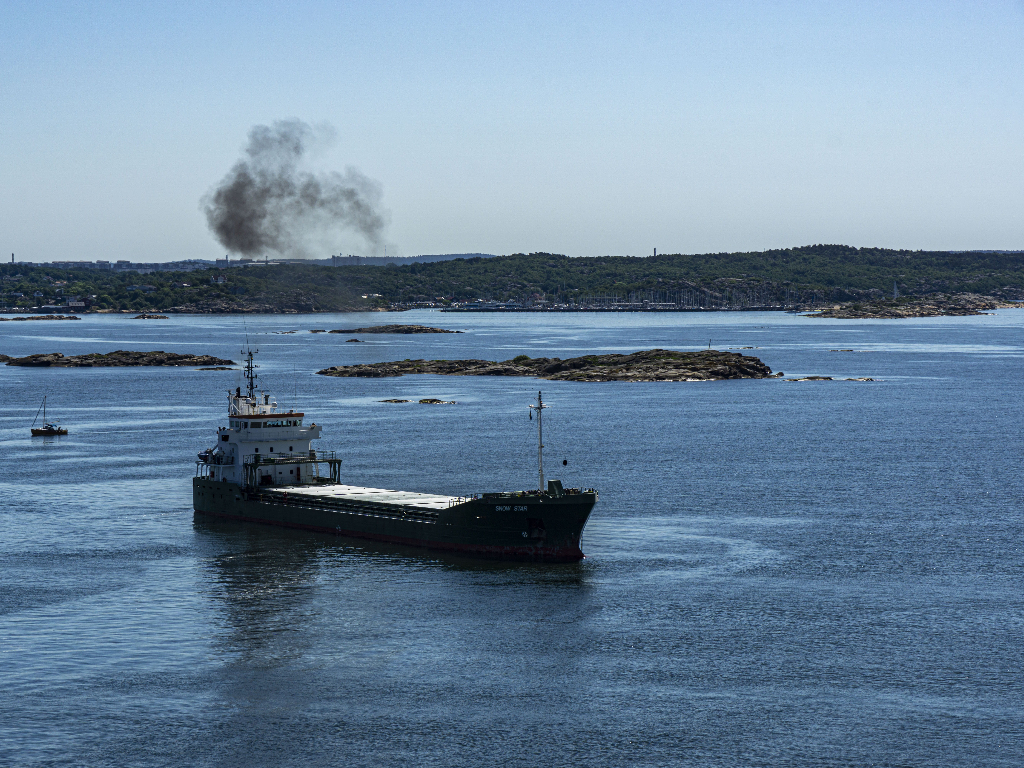Working with shipyards, shipowners and operators, ABS has developed a set of requirements to guide the industry in the application of carbon capture technology at sea.
Experience and insight derived from pioneering carbon capture projects with stakeholders such as shipyards, shipowners and original equipment manufacturers (OEMs) have informed development of the ABS Requirements for Onboard Carbon Capture. The requirements also include an optional Ready notation for vessels based on their level of preparation, or readiness, for future OCCS installations.
The objective is to provide classification criteria for the arrangement, construction, installation and survey of machinery, equipment and systems for marine and offshore assets with installed post-combustion OCCS equipment to minimise risks to the vessel, crew and the environment.
Since the range of onboard carbon capture and storage (OCCS) technologies may be broad and may be combined with other exhaust emission abatement (EEA) equipment, the applicable requirements will vary on a case-by-case basis. Systems designed for partial or full CO2 capture will be considered. Pre-combustion or fuel treatment technologies that remove carbon prior to combustion or utilisation in energy converters such as internal combustion engines, boilers or fuel cells may also be considered. The same is true for systems that remove, process and store carbon in compounds other than CO2 or use methods other than solvent based scrubbing systems, such as membranes or cryogenic distillation.
Also read: ABS approval for COSCO’s ammonia-fuelled supply system
Carbon capture tech shows promise
‘Carbon capture could be a key transformational technology for shipping to achieve net-zero emissions by 2050,’ says Georgios Plevrakis, ABS Vice President, Global Sustainability. ‘ABS is working with leading organisations to support safe development of the technology, which is still maturing, but shows genuine promise. The requirements we have developed are a key step toward harnessing the potential of carbon capture to tackle the challenge of the energy transition for our industry.’
Also read: ABS: Green corridors highlight how shipping will drive the energy transition








